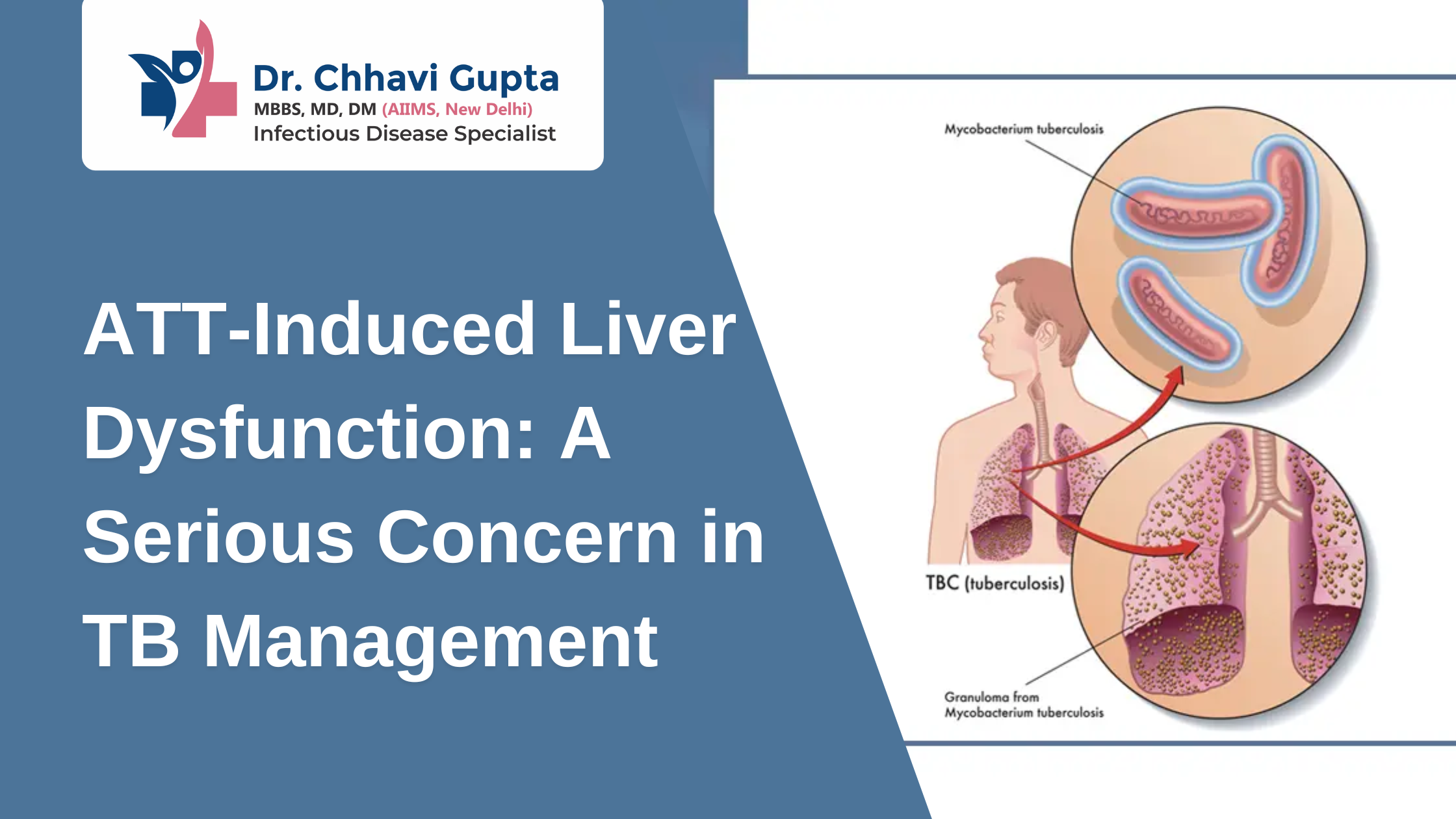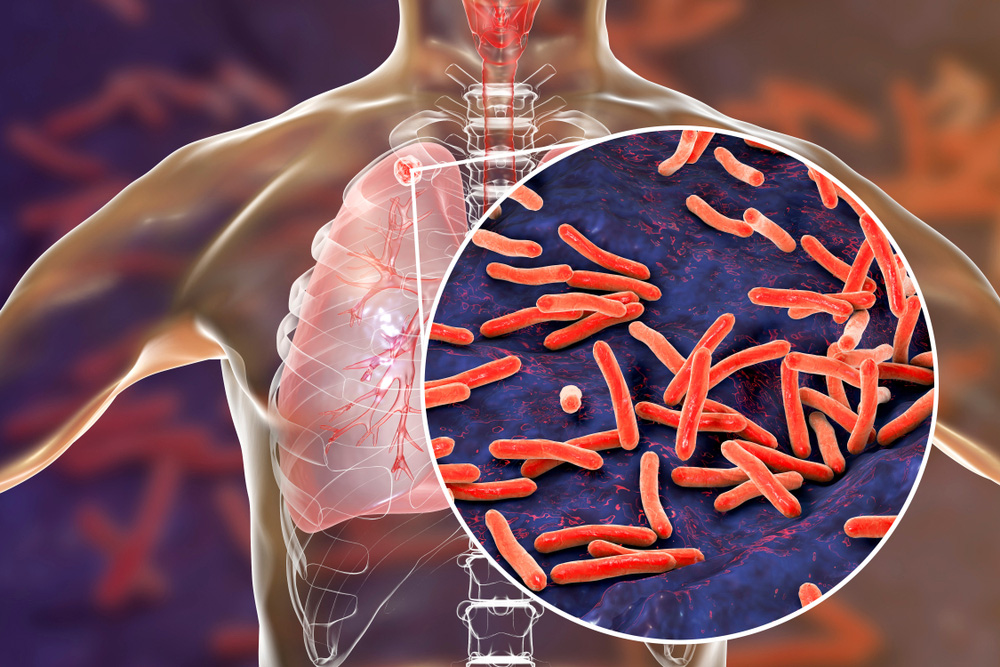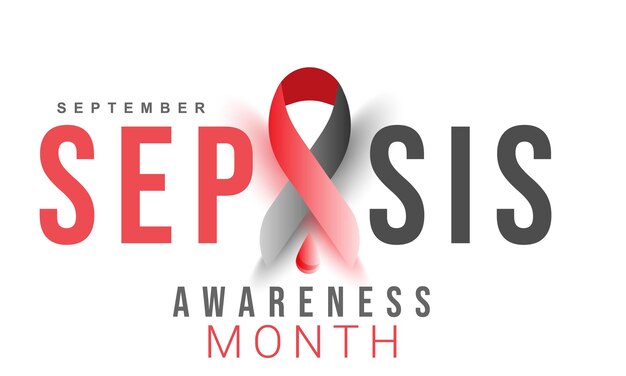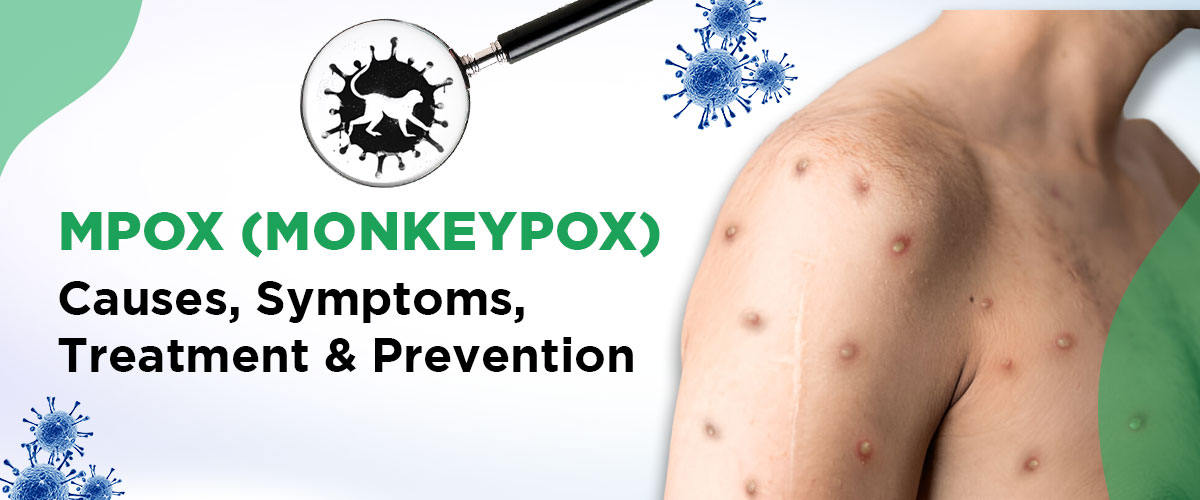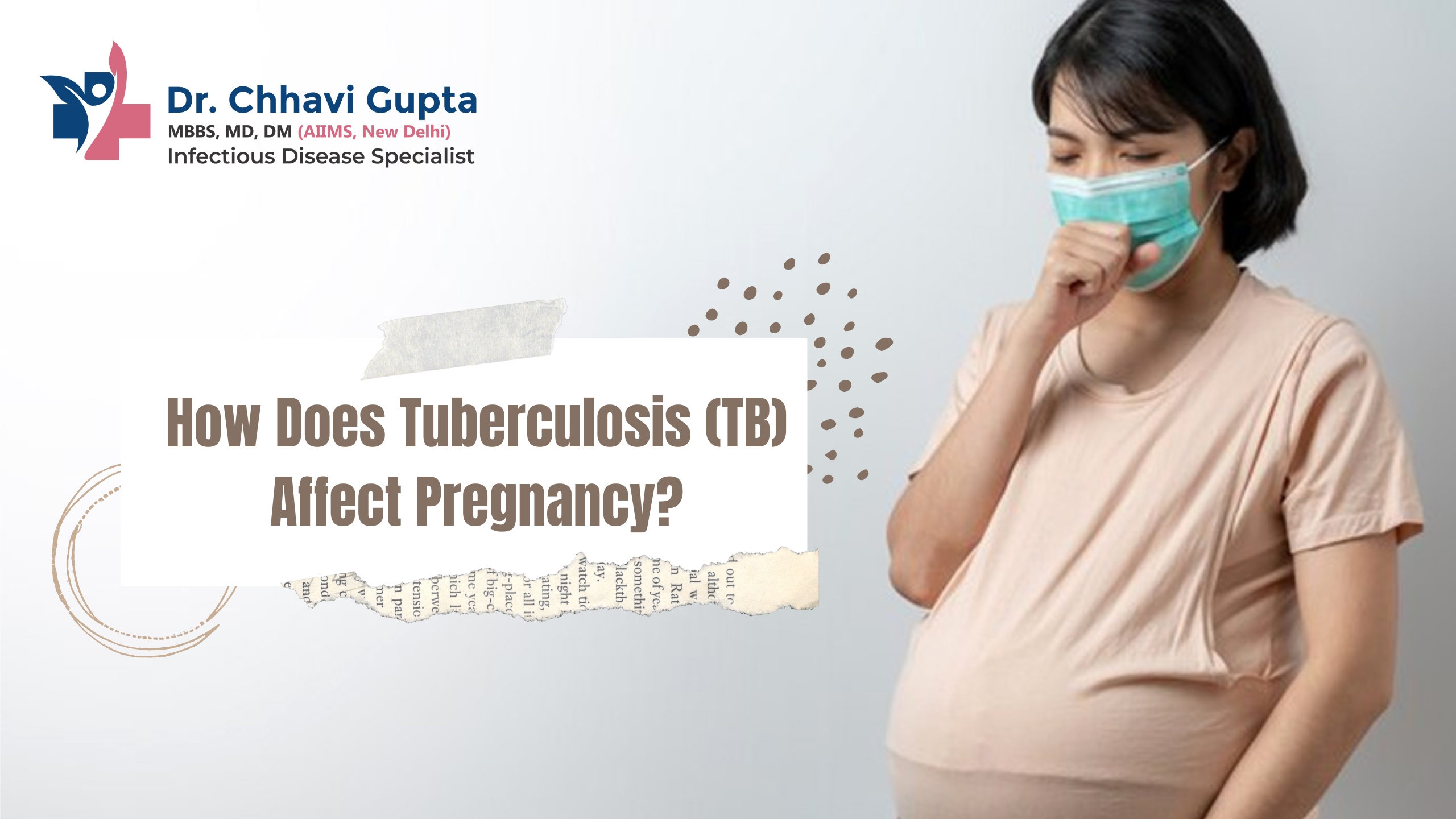New Treatment Options for Complicated Urinary Tract Infections (UTIs)
Urinary tract infections (UTIs) are among the most common infections encountered in clinical practice, but when they become complicated—due to structural abnormalities, catheter use, drug resistance, or immunocompromised states—the treatment becomes more challenging.
Fortunately, advances in medical research have led to several new and effective treatment options for patients battling complicated UTIs.
🧬 What is a Complicated UTI?
A UTI is considered “complicated” when it occurs in a host with factors that increase the risk of treatment failure. These include:
- Recurrent or drug-resistant infections
- Anatomical abnormalities of the urinary tract
- Indwelling catheters
- Diabetes or immunosuppression
- Male patients and pregnant women
- Associated kidney infections (pyelonephritis)
💊 Latest Treatment Options
1. New-Generation Antibiotics
Several newer antibiotics have been approved in recent years specifically targeting multidrug-resistant (MDR) pathogens in complicated UTIs.
- Cefiderocol : A siderophore cephalosporin that can treat carbapenem-resistant Enterobacterales (CRE). It uses iron uptake pathways to enter bacterial cells.
- Plazomicin : An aminoglycoside antibiotic effective against ESBL- and CRE-producing bacteria.
Meropenem-vaborbactam & Imipenem-relebactam : Carbapenem combinations that enhance activity against MDR organisms.
These agents are typically reserved for severe or hospital-acquired UTIs where resistance is confirmed.
2. Oral Antibiotic Options for Resistant UTIs
For stable patients who need outpatient treatment, new oral options are improving outcomes:
- Fosfomycin Tromethamine (3g sachets) : Effective even against some ESBL-producing bacteria.
- Pivmecillinam : Widely used in Europe, now gaining traction elsewhere for treating resistant strains.
3. Non-Antibiotic Supportive Therapies
Intravesical antibiotics (administered directly into the bladder) are being used for chronic infections resistant to oral therapy.
Phage Therapy : Still under research, this uses bacteriophages (viruses that kill bacteria) and has shown promise in treating chronic UTIs caused by MDR bacteria.
🧫 Importance of Proper Diagnosis
For complicated UTIs, culture-based diagnosis is critical. Empirical antibiotics often fail due to resistance. An infectious disease specialist plays a crucial role in:
- Choosing appropriate antibiotics based on sensitivity
- Managing comorbidities and risk factors
- Preventing recurrence through long-term care plans
🩺 When to See a Specialist
You should consult a specialist if:
- You’re having recurrent UTIs
- Symptoms persist despite treatment
- You have a catheter, kidney stone, or urinary abnormality
- You are immunocompromised or diabetic

